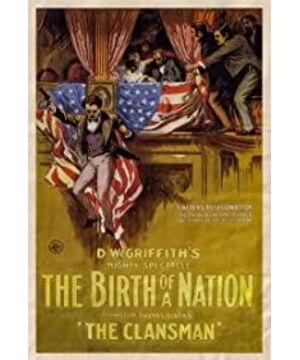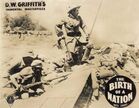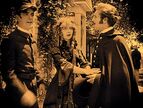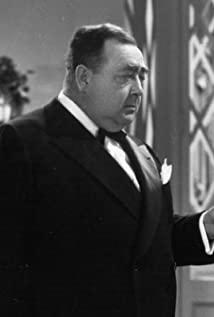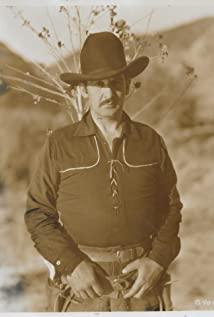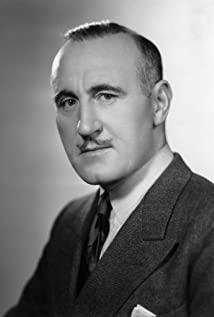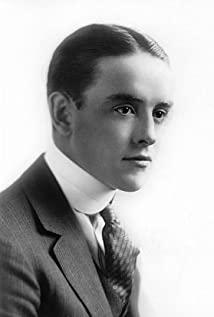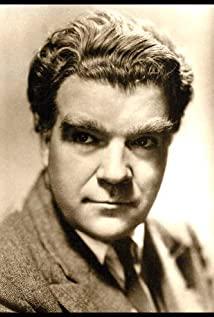The movie describes two families that originally belonged to the North and the South of the United States. The different political stances arising from the Civil War separated the two lovers who love each other. (Along the way, blacks were madly torturing whites, whites organized the KKK rebellion, etc.) When these two troubled couples finally came together, their union heralded the birth of a nation.
The same is three hours. If "Avatar" is to bring special effects to a new era, then "The Birth of a Country" is a precedent for shot cutting. (I won’t talk about the content of the film this time: the color of race, let’s talk about the technique)
Although these shots are often seen in modern movies, such as the use of flashbacks (similar to flashbacks), in "Crazy Stone" Won a lot of praise. Do you know that this is the movie technique invented by Griffith. When Stoneman showed love to Marguerite, Marguerite had a conflicting and painful expression on her face, showing the Margaret brothers in the Civil War in a single shot? He was shot dying, and then the camera cut back to Marguerite and rejected Stoneman. Perhaps it’s not surprising to see these techniques now, but in 1915, how would it feel? It’s like everyone eats crabs now, but if you don’t have the first one, can you eat it?
There is also the use of accelerated editing. In the famous one-minute rescue, the whole paragraph has several small climaxes. When approaching the climax, the editing speed is always accelerating to create an intensified atmosphere, and then suddenly slows down, slowing down the mood of the audience. This technique also appeared in "The Devil's Advocate". After facing the painful suicide of his wife, Quirrell walked out of the hospital, the whole street was empty, and the music slowed down, allowing the audience to release their held breath and get relief and relief. think. It provides room for the next acceleration of the atmosphere. By changing the speed per hour, rather than maintaining the same speed, it is obvious that D.W has known this in the last century.
In addition to the feeling of the cut-off technique in the film, another thing that caught my attention was that Benjamin's sister was forced to commit suicide. In this passage, not only the close-up shots are properly used, the sister's anxiety and the black greedy eyes and uneasy feelings are fully presented to the audience's eyeballs, but also the sister's spirit. Learned from her a moment of dignity and solemnity, we should not grieve for her, because she found happiness at the door of death. A taxi can be killed, not insulted, but now how many chickens sell their bodies for money. Alas...
but I don't recommend it to friends who want to have fun. The black and white film is still quite monotonous, and there is no human voice, only occasional subtitle introduction. But if you want to know what the vignetting of LOMO is, understand the history of film development, feel the film created by the father of film, and pay attention to the performance of ethnic colors in the lens, maybe this film will help you.
The feeling after watching the movie is: creation is very important, it should be the first, just like Griffith invented the film exchange method, maybe people in the future will improve better, but let more people know it is the first An inventor. In addition, many people say that the film is racist. Ge's defense is: "It's just a business, very simple. I didn't think of its description of the country and its impact on the people's thinking." If so, Ge understands His films have not reached the level of art. What he focuses on is only how to express, not what to express. From this perspective, the father of the film cannot be called a master of art.
Haha, I don't know what to say, please forgive me, and quickly close the pen, it seems to be really lonely. . .
View more about The Birth of a Nation reviews


